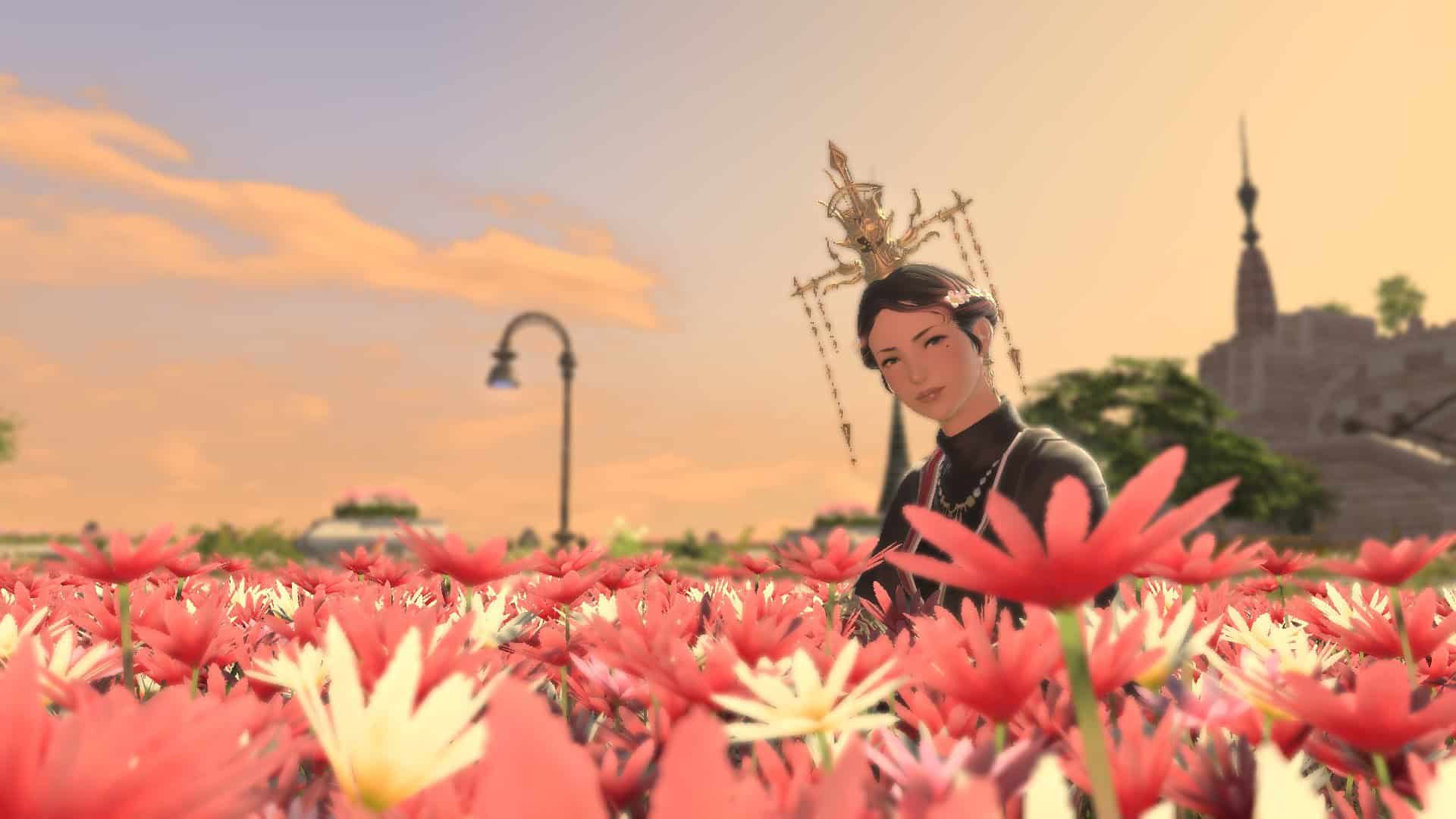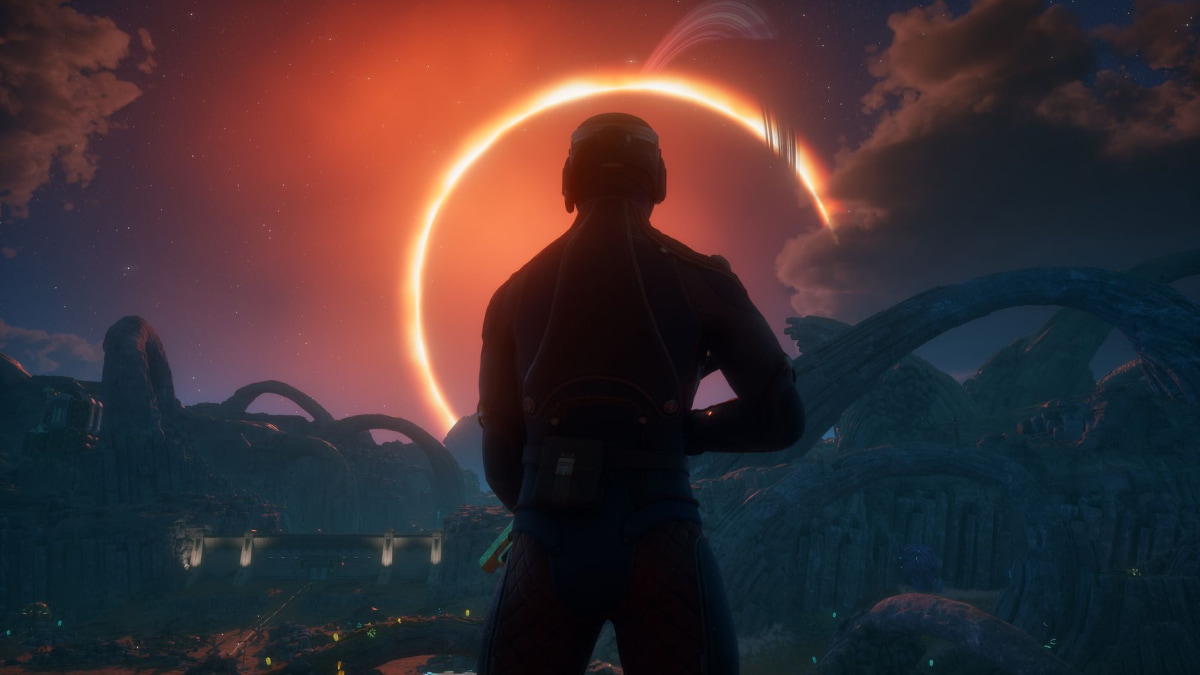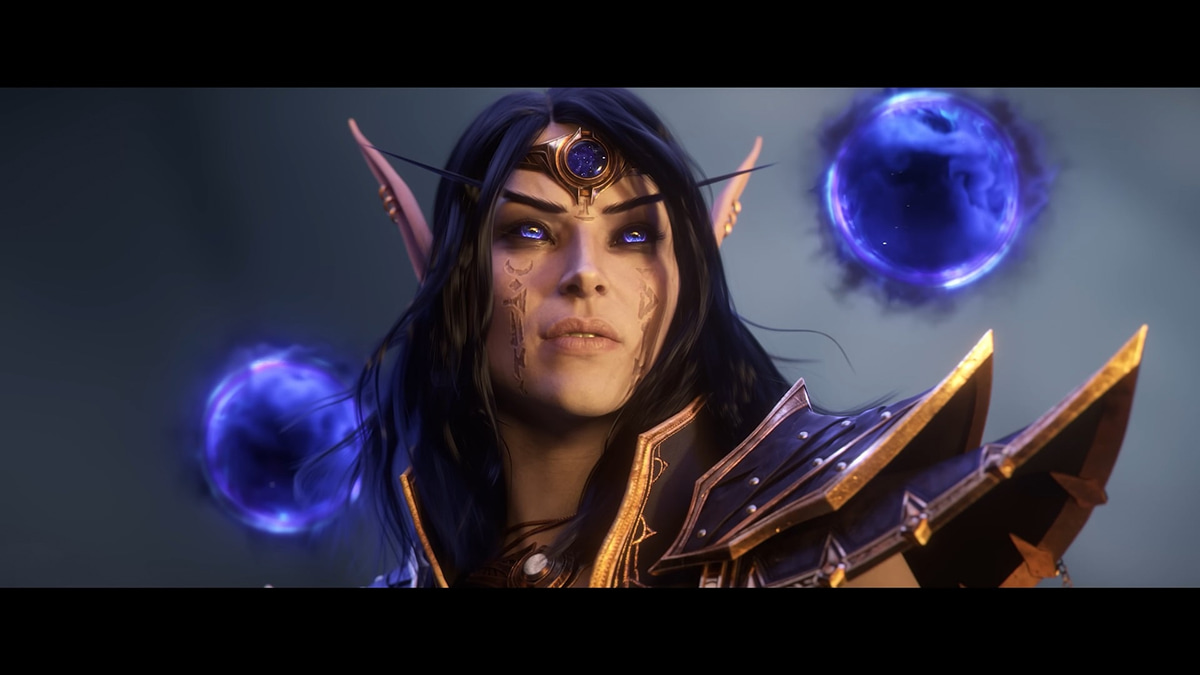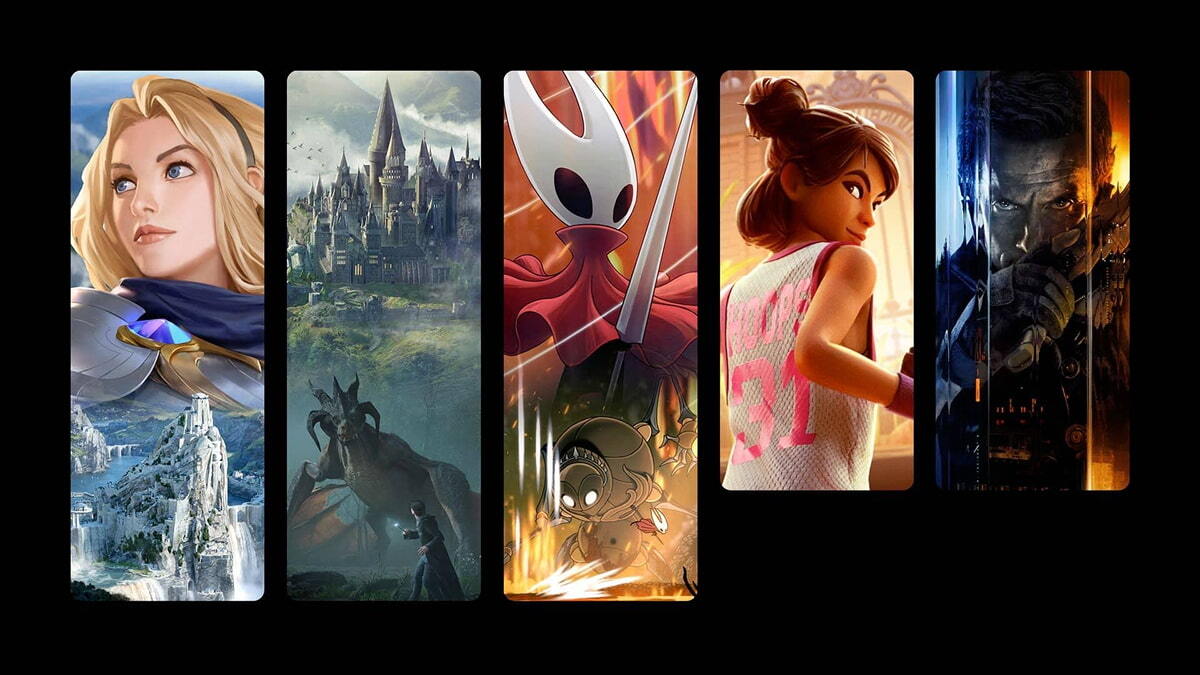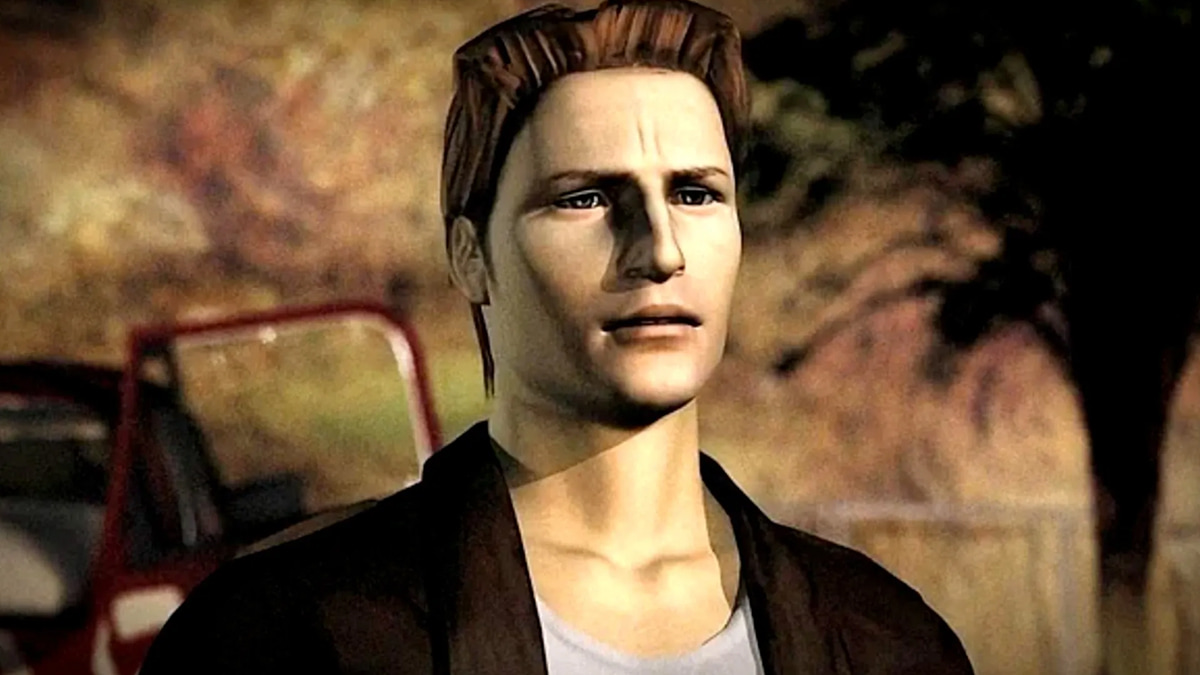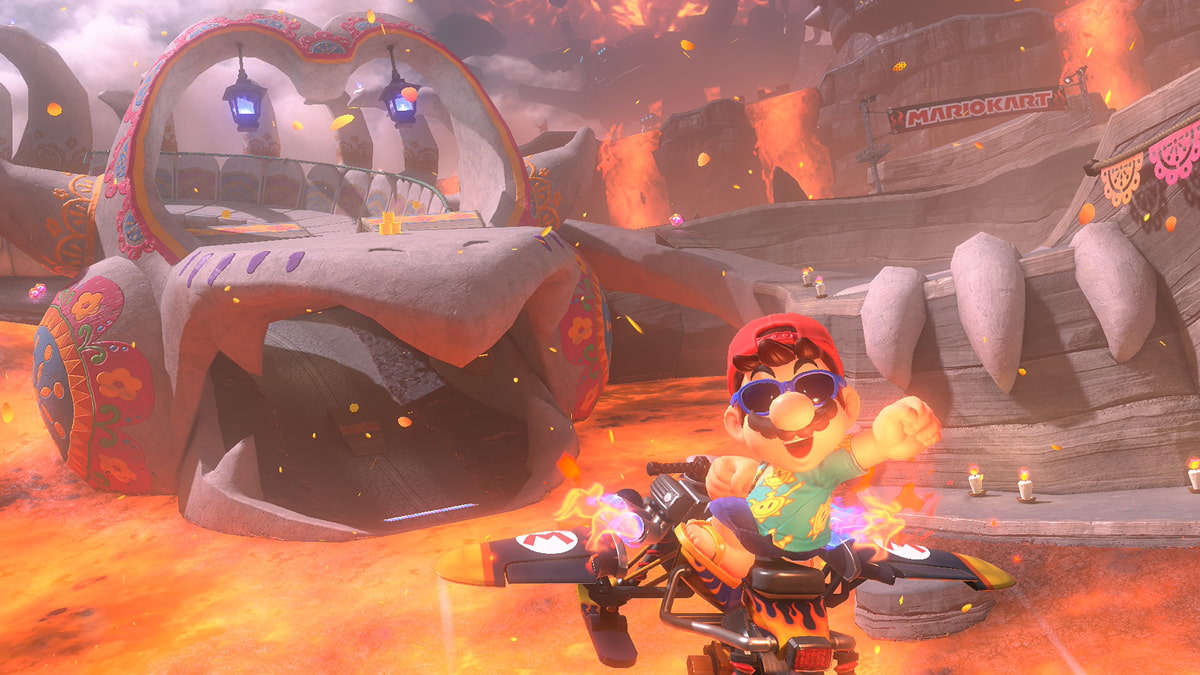You can trust VideoGamer. Our team of gaming experts spend hours testing and reviewing the latest games, to ensure you're reading the most comprehensive guide possible. Rest assured, all imagery and advice is unique and original. Check out how we test and review games here
So the audience is divided, the press is spilling out unenthusiastic reviews, and the development team is promising everything will be alright by December. That’s the condensed three-part saga of Final Fantasy XIV Online, leaving you more or less up-to-date. The final chapter of a poor launch is the patches that start flooding in to balance out the obvious issues. And it’s unfortunate that one of the resounding catchphrases that’s come out of the FF’s first month is “you can’t patch fun”.
For the veteran WoW player, FFXIV is just weird. By design Eastern MMOS feature more grinding than their Western counterparts, an aspect that some Asian MMOs have tried tuning down for the sake of a wider appeal. Aion in particular marketed itself as a limited grinder, and while aspects of the Asian grind design philosophy are referenced in FF, it’s dealt with in a truly bizarre manner.
Instead of limiting the grind by bringing in more varied gameplay, FFXIV just limits gameplay altogether. And it still gives you the grind. Go ahead and log into the game, and you get a quaint pop-up window reminding you that:
“Exploring Eorzea is a thrilling experience. During your time here, you will be able to talk, join, and adventure with many other individuals in an experience that is unique to online games. That being said, we have no desire to see your real life suffer as a consequence. Please do not forget your family, your friends, your school, or your work.”
Bless. Translate that sentiment another way, however, and it’s essentially a portent of doom for gameplay. Because this is one of the dark clouds, the shadowy gorillas of FFXIV: there’s a limit to how many quests the game grants you on a daily basis, and a temporary penalty on your EXP if you continue grinding.
FFXIV has a few forms of quests, ranging between the game’s Levequests to its ongoing storyline. Within the first few levels of the game the quests you pick up are part of a single story-arc that uses cut scenes and player-instances to drive the plot. And while FF Online is essentially an attempt to emphasise the RPG side of MMORPGs, its RPG tendencies still only make up a small portion of the game. Specifically, its story is limited to questlines that are only available at certain levels; you start one at level one, get another at level 10, another at 15, and so on. Meaning in between storylines you’ll be dealing almost entirely with Levequests.
For the layman the closest similarity would be daily quests, and similar to dailies these are acquired from a central location. A regional Levequest might ask you to go to a particular area to kill a certain number of enemies, for instance, within a particular time limit. Alternatively you get local Questleves which can be dealt with without leaving the area and which generally involve crafting.
Then things get a bit muddled. FF offers eight regional and local Levequests per 48 hours, which reset at a specific point server-side. When you trade in your finished quest, the stars awarded for the completed quest increase the rewards of the next assignment you choose. However, if you happen to log off or move to a different zone while on your quest, it will fail and you’ll be unable to pick up a new one until it resets. If you’re confused by this, then you’re in good company. FFXIV has issues that go beyond the East/West divide. It would be easy to blame the difficulty of the game on years of being mollycoddled by the Western traditions of the genre, but similarly the problems extend far beyond an FFXIV/WoW divide.
Some issues can certainly be attributed to a matter of taste. For the WoW player who will inevitably be making a mental check-list of FFXIV’s differences, the most noticeable contrast in combat is that FF has no auto-attack. Combat feels slightly more hands-on, with the player selecting icons whenever they want to swing a weapon or activate attack abilities.
And then a more interesting point: the character development system is incredibly flexible. You’ll be able to choose from one of 18 classes to start with, but at any point you can change your class just by selecting a different weapon or tool. Skills that you’ve learned from those classes can be used by your character to create a slightly more personalised warrior. You’ll get points to put toward stats as you see fit as you level up, meaning you’ll be able to decide whether to level several classes across the board or to focus on one particular class to make stronger.
But the game is unbalanced and awkward in an objective rather than cultural sense. It goes beyond grind and to the meat of its gameplay, then dives right back out into its UI. The interface is designed so that important items are hidden deep inside a lugging series of windows and tabs that fill your screen. Worst of all it’s server-authenticated, which means the game’s server verifies action before it happens, creating a slight pause whenever you do anything – even if you’re just managing your inventory.
Even interacting with NPCs can be a baffling experience. Beyond the lag issues of the UI, another barrier to play is that there’s no actual indication of which NPC does what. The result, if you’re searching for particular items to buy, is that you’re forced to speak to every NPC in the area until you find what you were hoping for. It’s a slow and tiresome process of clicking, and it’s the same system that’s been adopted for combat. Targeting still hasn’t been properly implemented, which means it’s not possible to cycle through nearby enemies with the Tab key.
But Square Enix promises that patches are on the horizon. Issues like these haven’t fallen upon deaf ears, and some of the more inaccessible issues are, it’s said, being entirely re-worked.
Come late November, you’ll have an option to abandon the Levequests you previously accepted. By December, the UI will have been polished. This involves changing the world map so it can be scrolled through by dragging your mouse across the page, as opposed to pressing keys. There’ll be more changes around this time: you’ll have the ability to open multiple log menus; drag-and-drop functionality will be added to Equipment & Gear and Actions & Traits menus; you’ll be able to reply directly to PMs with the CTRL+T function as opposed to typing out your chat-buddy’s name in full; and you’ll be able to target enemies easily and see what your party members are targeting.
Whether a modern, large-scale MMORPG should have implemented features like these from the get-go is another story. But even a casual MMORPG fan will understand the power of a patch, and the Christmas-bound re-working of FFXIV is an undeniable improvement on what had been offered to us one month ago. These games are constant works in progress, and patch after patch is dedicated to ironing out the inevitable kinks of a first launch. But even deep in the dredges of FFXIV’s more inaccessible features there has always been a bit of a silver lining. Because despite the difficulties, the game’s inaccessibility has actually helped to create a thriving neighbourhood of dedicated forums and fansites built to explain how the game works. Even without the aid of patches, the community has been an amazing band-aid to cover some of the more obvious blemishes of the game. And it’s very clear that even the most frustrated masses of users are dedicated enough to the FF franchise to keep holding on ’til the late November patch-up.
Final Fantasy XIV Online
- Platform(s): PC, PlayStation 3
- Genre(s): Fantasy, Massively Multiplayer, Massively Multiplayer Online, RPG

/https://oimg.videogamer.com/images/403c/ff14_66.jpg)
